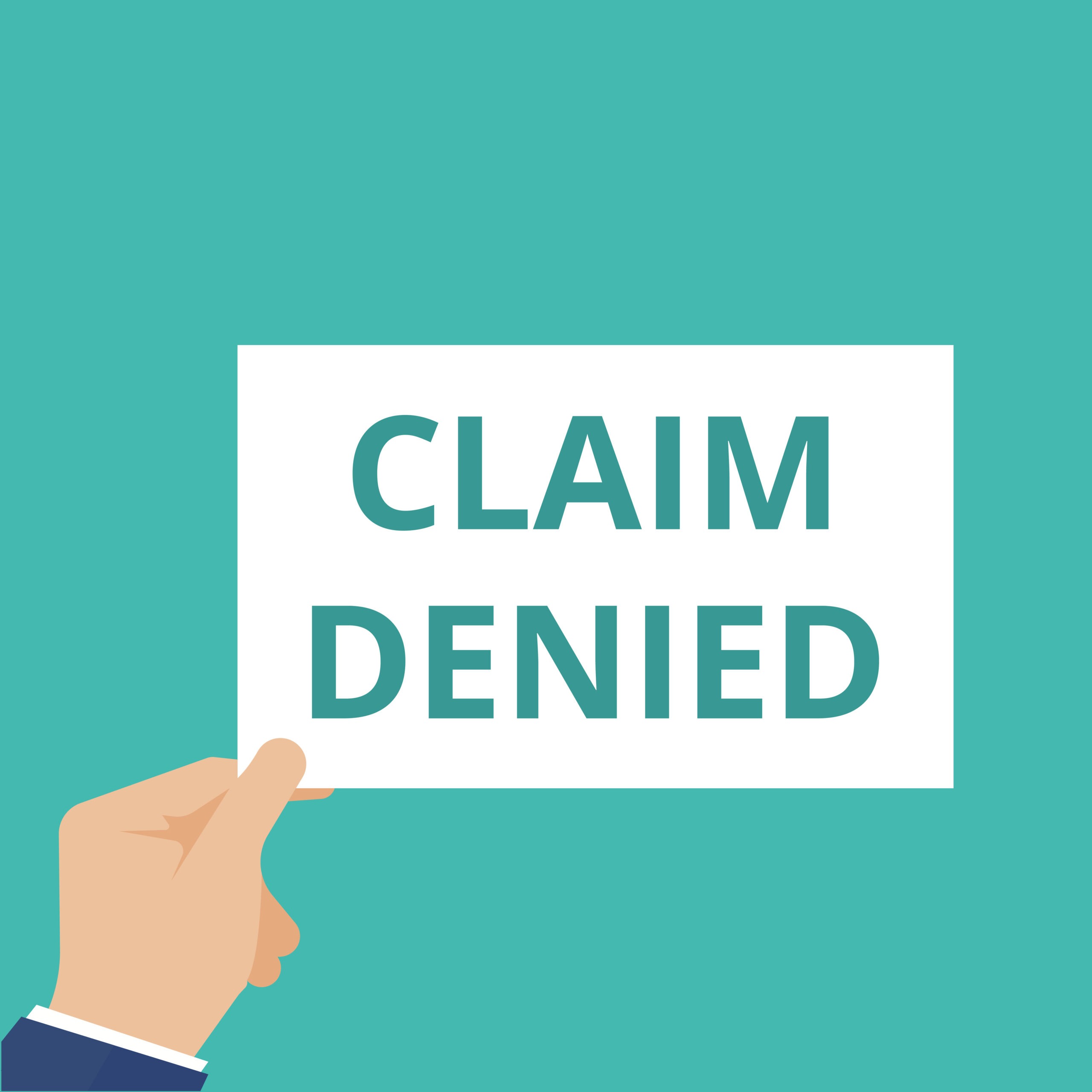![]() Contact Us (866) 499-8989
Contact Us (866) 499-8989
What Is Personal Injury Protection (PIP) Car Insurance?
- Does Arizona Have Personal Injury Protection Insurance?
- What States Require PIP Car Insurance?
- How Do PIP and MedPay Compare in Coverage?
- What Does MedPay Not Cover?
- Do I Need MedPay if I Have Health Insurance?
- Learn More About How MedPay Can Help You
Personal injury protection car insurance, also known as no-fault insurance, can help cover medical costs if you’ve been in a car accident. It can cover the costs if you are injured as a pedestrian. PIP helps cover your expenses in an accident regardless of who is at fault.
Some states require PIP while others provide it as an option in addition to car insurance. Levels of coverage can vary based on how much drivers choose to pay or how much states require. We’ll break down PIP insurance and how it can help if you get in an accident.
Does Arizona Have Personal Injury Protection Insurance?
No, Arizona does not have personal injury protection insurance. Arizona is an at-fault state, so it does not require drivers to have PIP, since the at-fault driver is responsible for paying for the other driver’s damages.
Instead, Arizona offers medical payments coverage, often known as MedPay, as optional coverage, which is similar to PIP, but has its own advantages. MedPay can help pay hospital bills for injuries you and your passengers sustain and if you are injured as a pedestrian or biker.
MedPay can also cover the costs of injuries pedestrians sustain. MedPay will cover the damages regardless of if you were at fault for the collision or not.
For a free legal consultation, call (866) 499-8989
What States Require PIP Car Insurance?
In contrast to Arizona, many states require drivers to have PIP insurance, some are no-fault states and others are at-fault states. Each state has a different minimum insurance coverage amount it requires drivers to purchase. The states that require drivers to have PIP insurance include:
- Delaware
- Florida
- Hawaii
- Kansas
- Kentucky
- Massachusetts
- Michigan
- Minnesota
- New Jersey
- New York
- North Dakota
- Oregon
- Pennsylvania
- Utah
Some states offer PIP insurance as an optional coverage add-on while other states require it, but drivers can reject coverage. However, if they reject it, they will have to sign an exclusion agreement which states that the driver will pay any damages if they get in an accident.
States that ask drivers to sign the exclusion agreement if they decline PIP insurance are:
- Maryland
- Texas
- Washington
How Do PIP and MedPay Compare in Coverage?
Both types of insurance can help you cover costs after an accident, but MedPay and PIP cover different types of accident-related costs. Please keep in mind that the types of expenses that each insurance covers may vary depending on the state’s rules.
Medical payments coverage covers the following expenses:
- Injuries to you as a driver and pedestrian, passengers, and pedestrians
- Medical payments (co-pays, deductibles, and ambulance)
- In-home services
- Funeral expenses
Meanwhile, PIP covers these accident-related costs:
- Injuries you get as a driver and pedestrian and passengers in your car
- Medical payments (copays, deductibles, and equipment fees)
- Loss of wages
- In-home services
- Funeral expenses
Overall, PIP insurance covers more expenses from an accident, but MedPay also has its advantages. MedPay’s coverage of pedestrians can be useful if you live in a large city where there is a higher risk of pedestrian injuries.
Click to contact our personal injury lawyers today
What Does MedPay Not Cover?
Despite the many expenses MedPay covers, there are a few things that it will not cover after a car or pedestrian accident. Knowing what MedPay covers and doesn’t cover can be helpful in your decision process.
Medical payments coverage does not cover these things because they are not related to medical expenses. Another reason MedPay may not cover them, in the case of other drivers, is because MedPay only protects the person in the accident with the insurance.
Property Damage
MedPay does not cover property damage whether it be damage to your car or public property. This is because property damage is not a medical expense.
If you hit a building in the course of the accident and sustain an injury from it, MedPay might cover it because there is a medical expense as a result of it. If you have questions about what medical payments insurance covers, we recommend that you ask your lawyer.
Injuries to Other Drivers
Even though Arizona is an at-fault state, MedPay will not cover the medical bills for the other driver’s injuries, even if you are at fault in the accident. MedPay’s purpose is to protect and cover your medical bills.
However, if the accident is your fault, you will still be responsible for paying the other driver’s damages. Arizona’s at-fault status protects drivers from costly expenses in accidents where it wasn’t their fault, but MedPay can help both drivers cover their own costs.
Complete a Free Case Evaluation form now
Do I Need MedPay if I Have Health Insurance?
While medical payments coverage is an optional add-on, it may help you pay out-of-pocket costs like copays or deductibles, that many health insurance plans will not cover. If your injuries are more than the amount your auto and health insurance are willing to cover, Medpay may be able to cover them if your coverage limit is higher than the medical costs.
Another factor to consider is the cost of having both health insurance and medical payments insurance. Health insurance in Arizona can be expensive depending on the amount of coverage you have. However, the cost of MedPay is fairly affordable with rates ranging from $10 to $30 per month, depending on the insurance company you choose and how much coverage you get.
So, if your health insurance isn’t too expensive, MedPay is a good investment to make and cover any future medical costs. The decision is up to you, whether it’s a good fit for your current financial situation.
Learn More About How MedPay Can Help You
If you live in Arizona and want to minimize your medical expenses in the event of an accident, MedPay could be an option for you. While it doesn’t cover as many types of expenses as PIP insurance, Arizona’s MedPay can help minimize the costs of your hospital bills and protect you if you collide with a pedestrian.
Learn more about how MedPay compares to PIP insurance and how our team at Zanes Law Injury Lawyers can help you if you’ve been in an accident. We are ready to answer any of the questions you may have. You can contact us by phone or online today.
Call or text (866) 499-8989 or complete a
Free Case Evaluation form
 “After an Accident, Should I Bill My Health Insurance?”
“After an Accident, Should I Bill My Health Insurance?”
We get asked this question a lot, “After an accident, should I bill my health insurance?” To answer this question, we're posting Chapter 7 of Doug Zanes’ best-selling personal injury book
 “After an Accident, is the Insurance Company My Friend or My Enemy?”
“After an Accident, is the Insurance Company My Friend or My Enemy?”
We get asked this question a lot, “After an accident, is the insurance company my friend or my enemy?” To answer this question, we're posting Chapter 6 of Doug Zanes’ best selling
 Insurance Talk That Can Help Save You in More Than One Way!
Insurance Talk That Can Help Save You in More Than One Way!
It’s a topic we are always stressing over especially when it comes to our car insurance! Well Zanes Law decided it was time to sit down and talk… Actually we wanted to discuss ALL things
 Does Insurance Cover Dog Bites in Arizona? Yes!
Does Insurance Cover Dog Bites in Arizona? Yes!
Does Insurance Cover Dog Bites in Arizona? Yes! Dog bites are more common than you think… and unfortunately they often involve children This was confirmed as a 4-year-old boy was
Receive a Free, No-Obligation, Case Evaluation Now



